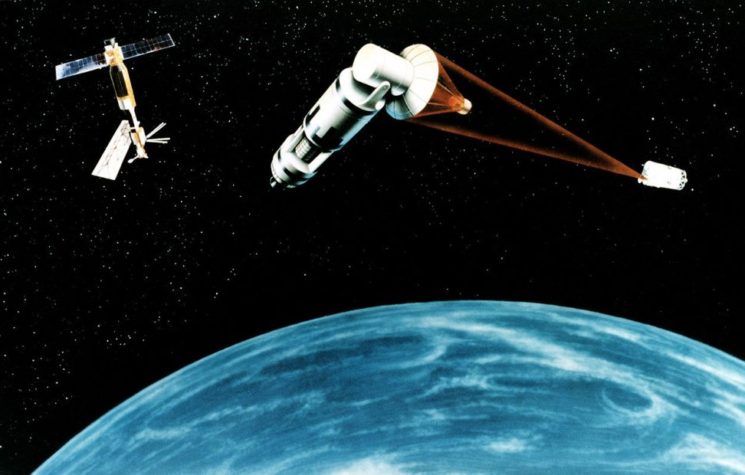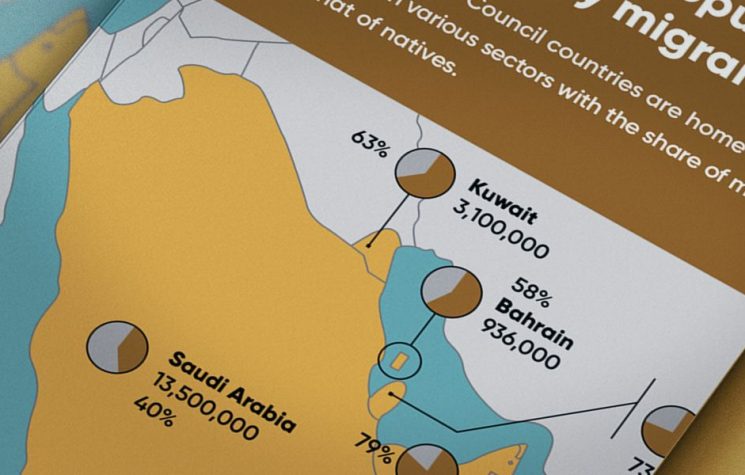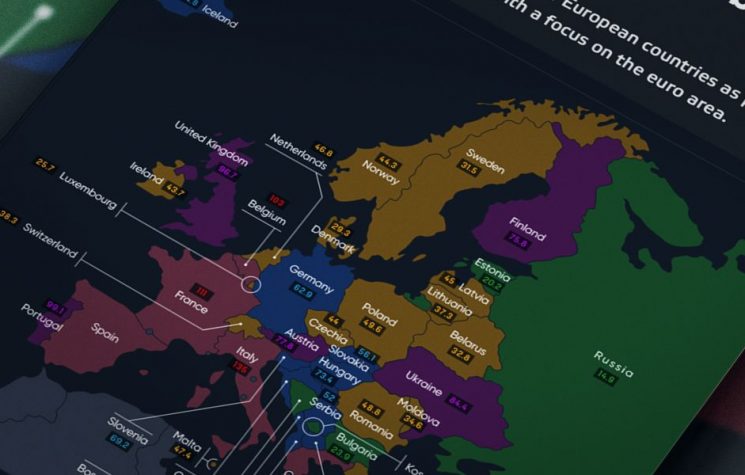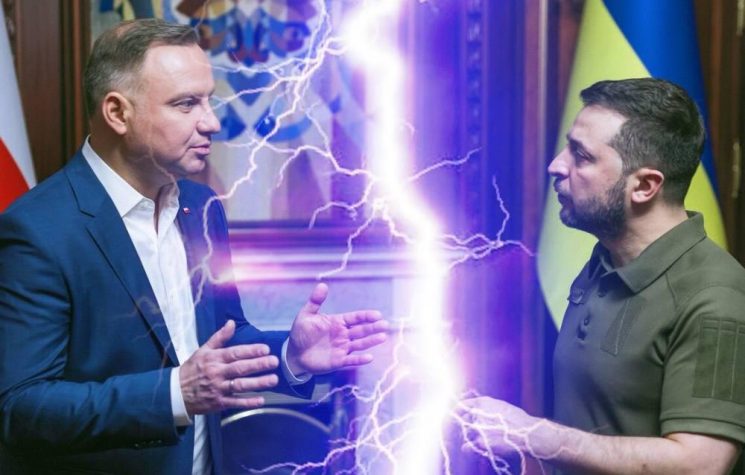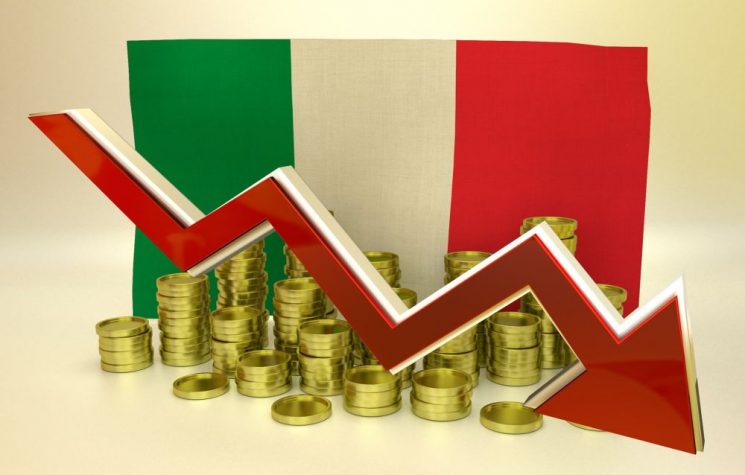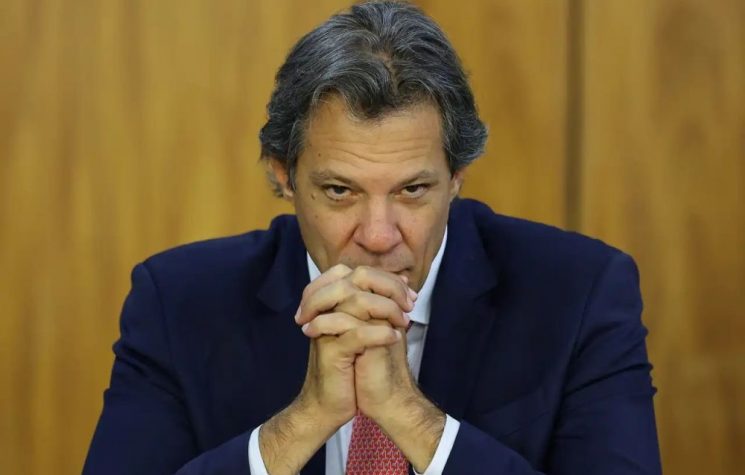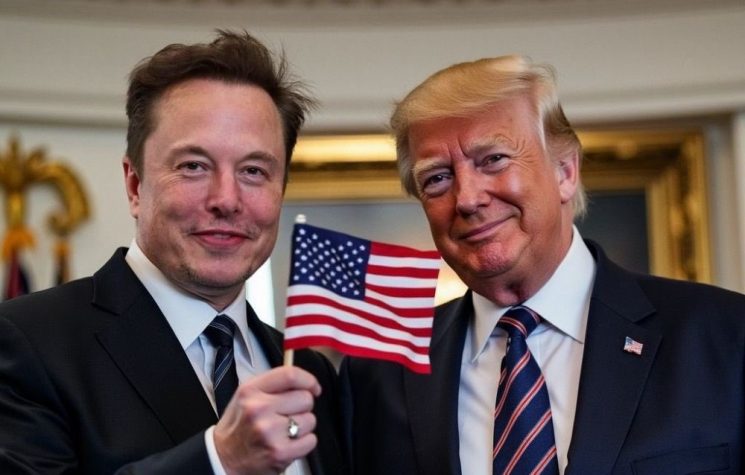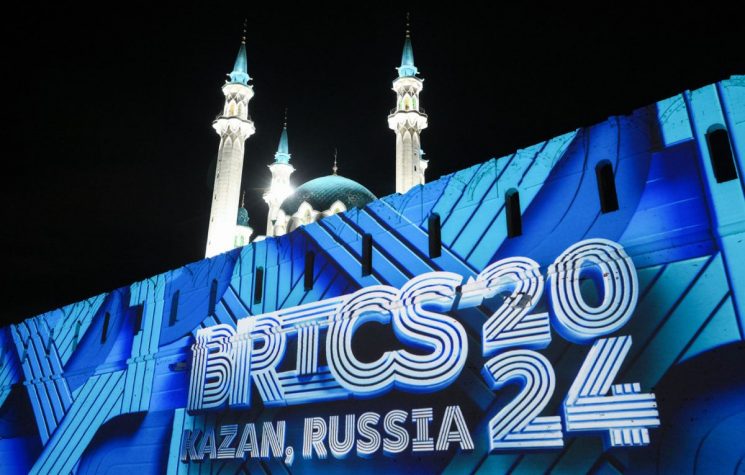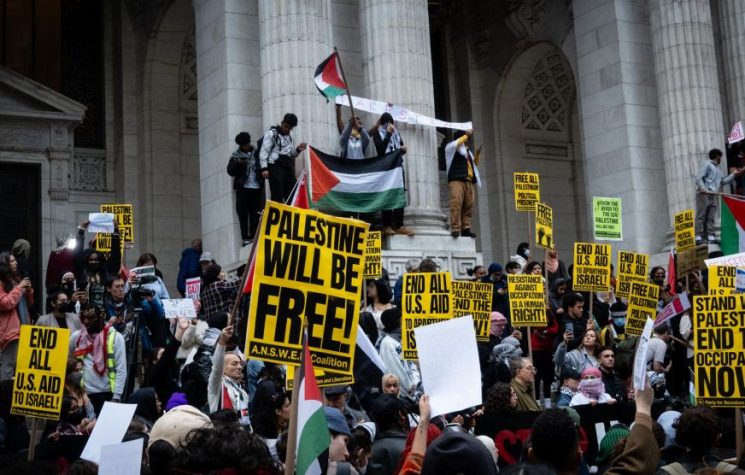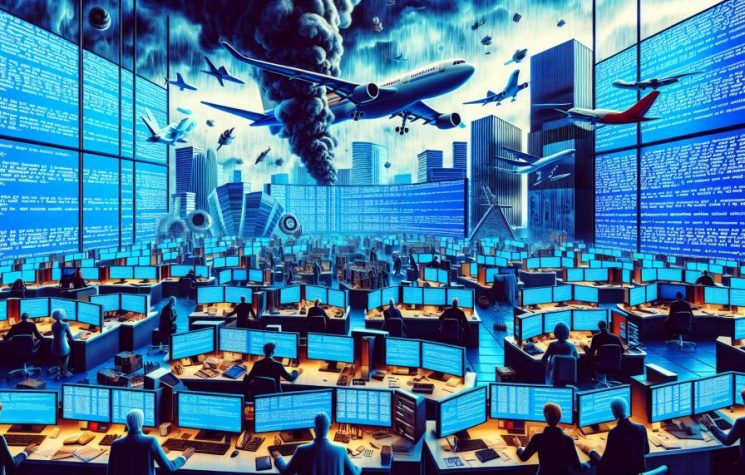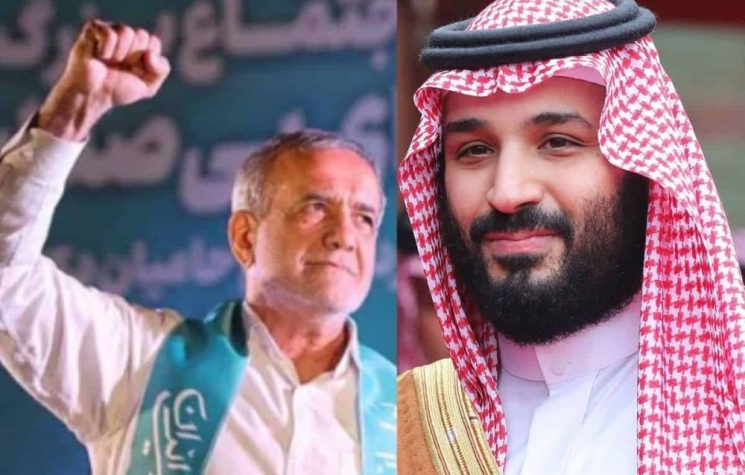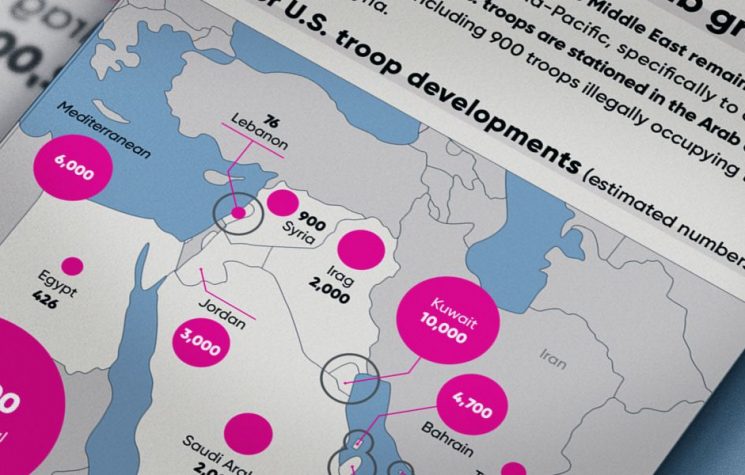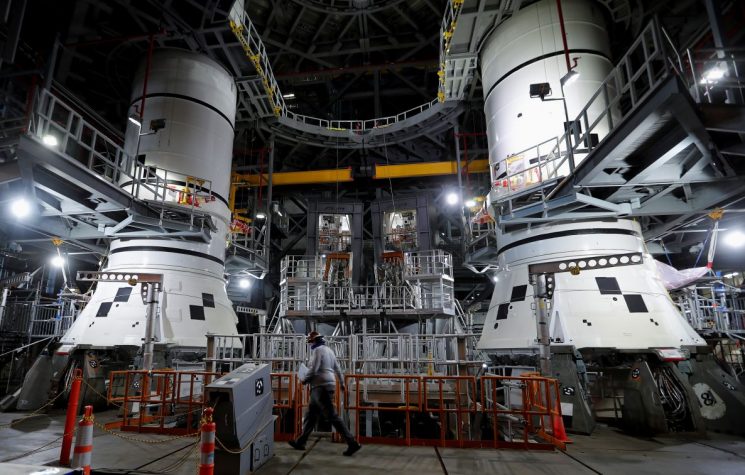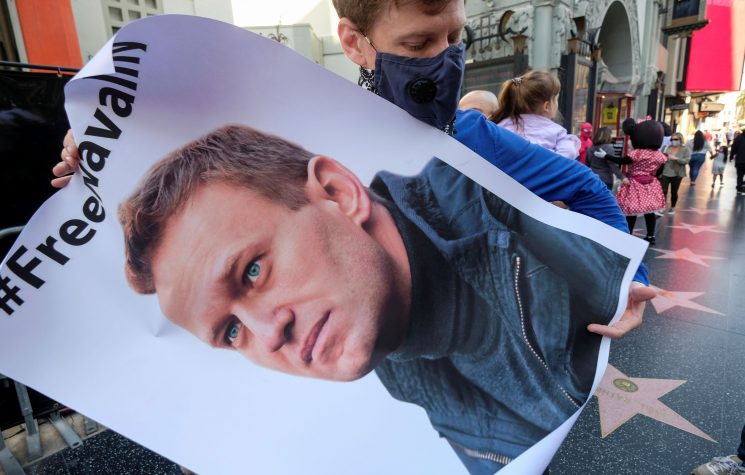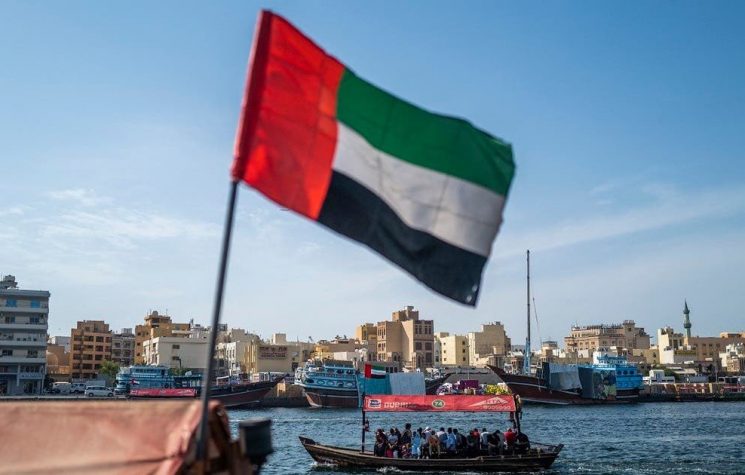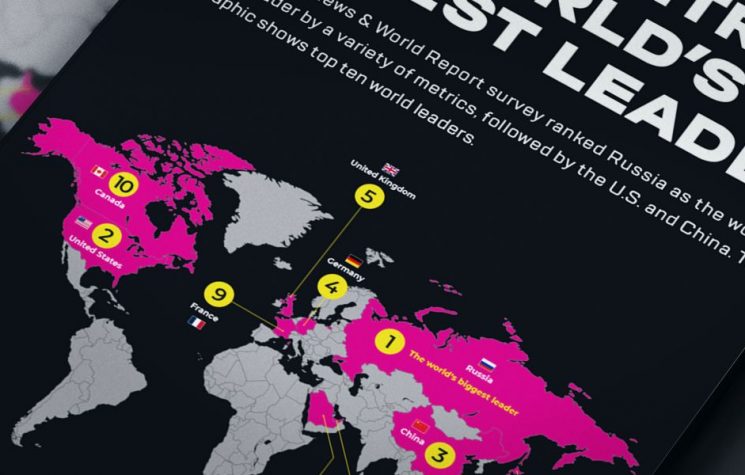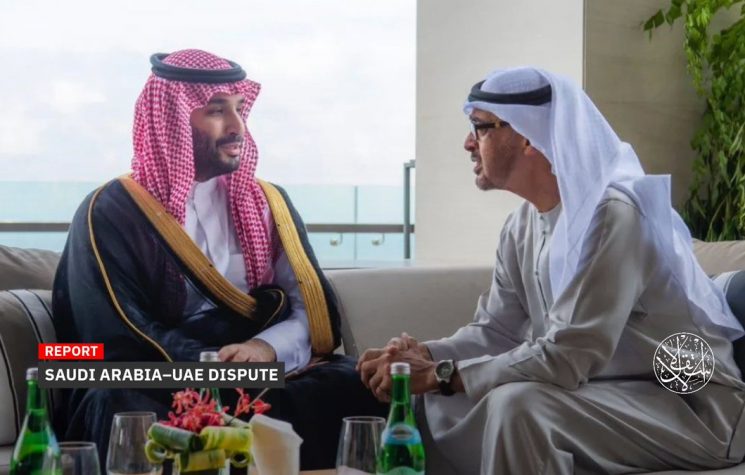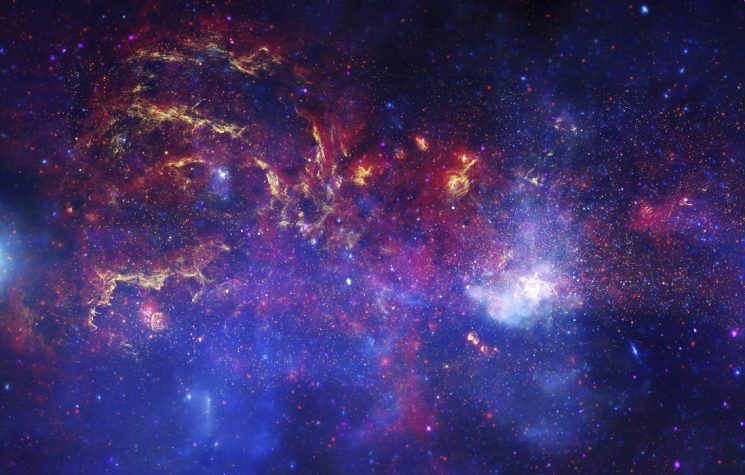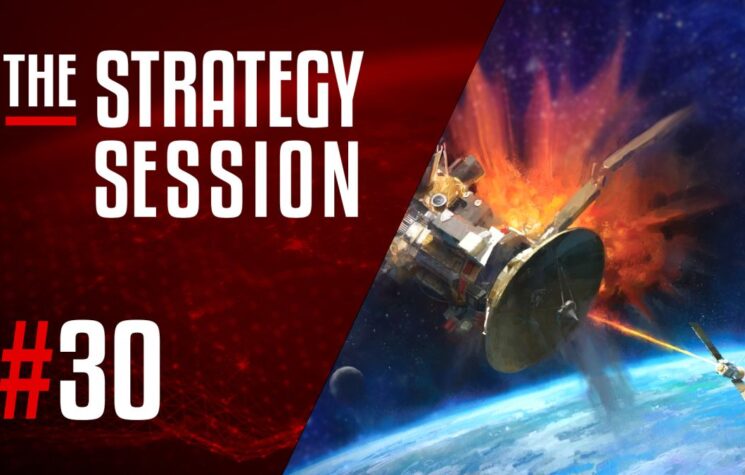The Emiratis understand that their economy, primarily based in oil revenue, though presently lucrative, is a short-term prosperity. A future that is dependent on oil is unstable and unkind, it is not a reliable resource for an advancing economy.
Something truly remarkable happened on Feb. 9th, 2021, which I fear has not been fully comprehended by most of the Western hemisphere in terms of its massive implications as a game-changer in geopolitics for the Middle East.
Here in the West, we have become accustomed to our jaded denigration of space exploration. It appears to many, that space exploration is just a charade or if of real consequence, is understood as an extension of geopolitics, the imperialistic conquest and militarisation of space.
It is for this very reason that the UAE’s story for why they decided to create their Hope (or Amal in Arabic) mission to Mars is so very striking against this politically cynical foreground.
The reason for this is because the Emirates government itself has made it clear that the space-science goals come second for their Hope Mission. What comes first? “A lot of you might ask us, ‘Why space?’” Omran Sharaf, the Hope project manager, said during a news conference. “It’s not about reaching Mars,” like major ports and road ventures before it, the Mars mission is a mega-project designed to cause “a big shift in the mindset [of the Emirati people]…[the driver] is not space, it’s economic.”
The Emiratis understand that their economy, which is primarily based in oil revenue, though presently lucrative, is a short-term prosperity. A future that is dependent on oil is unstable and unkind, it is not a reliable resource for an advancing economy. It is also understood that the environmental challenges (the country is built on a desert), issues of water and food availability, are very real and pressing concerns.
It is from this recognition that the UAE government tasked a group to be formed, pretty much from scratch, with the goal to send an orbiter spacecraft into the Mars orbit with a 6 year deadline (the usual course is ten years for established experts in the field), so that the Emiratis orbiter could arrive on the 50th anniversary of the founding of the UAE.
On Feb. 9th, 2021, after a seven month journey, Hope successfully executed a perilous 27 minute thruster burn to slip into orbit around Mars, making the UAE the fifth nation to visit the Red Planet (the other four are: the U.S., Russia, the European Union, and India).
China’s Tianwen-1 (translated as Questions to Heaven) joined Hope a day after into Mars’ orbit and became the sixth nation to visit Mars. China is the first nation to have sent both an orbiter and rover in one shot, the rover is scheduled to land on Mars May 2021, if successful, China will be the second nation to operate a rover on Mars. The U.S.’ Perseverance rover successfully landed on Mars on Feb. 18th.
The reason why all three countries are entering Mars in the same month is because the orbital dynamics of Earth and Mars line up properly for interplanetary missions for just a few weeks once every 26 months.
The Hope mission success promises to pull the UAE into an economic transformation, through further science driver programs whose aim will be to address future water and food shortages and create an alternative energy sector that is not oil dependent (1), which would be a much greater prize than just getting data from Mars. Getting to Mars is important, says Sarah Al Amiri (who is the Deputy Manager of the Emirates Mars Mission), but “how we get there is even more important”.
As the first Arab nation to perform an interplanetary venture, the UAE has been quick to make clear to the international community that they perceive this success as something to be shared with their Arab neighbours and to encourage the development of science driver programs in fellow Arab countries to solve the issues of scarcity in the Middle East.
It is for this reason that as early as March 2019, the UAE helped organise a Global Space Congress meeting and the formation of the first regional team, consisting of eleven Arab states, to cooperate on a space program. The idea behind this is for the UAE to help train scientists from these eleven Arab countries at centers such as the Mohammed Bin Rashid Space Center located in Dubai, so that these scientists can return to their countries with the knowledge and training to build their own space programs.
The UAE has also announced that the Emirates Mars Mission (EMM) will release its data to the international scientific community without an embargo, recognising that the progress of a neighbour is beneficial for all.
What Does Going to Space Have to Do With Solving Scarcity on Earth?
The UAE has come a long way from its beginnings in 1971, when a group of impoverished communities from distinct tribes joined forces in the wake of independence from the United Kingdom. Today, much of the UAE is so new it feels like the future, oil wealth and bold infrastructure projects have helped to turn the nation into one of the richest countries in the world per capita.
But these very business sectors proved vulnerable to a series of economic crashes and the Arab Spring. With the decreasing oil reserves, it was understood by the Emirates government that a population of businessmen was not going to be the solution to this problem. The Emiratis needed a new energy sector and they needed a population of scientists to develop it.
However, Emirati undergraduates tend to study engineering or business, fewer than 5% pursue degrees in basic sciences. Therefore, the Emirates government understood that they would need to create a science driver program, an ambitious program that would inspire its youth and its universities to become leaders in the frontiers of science, which in turn would create the science boom that the UAE required to solve its issues of scarcity and oil dependence.
It is at this point that we come to the story of the maestro behind the Mars project Hope, and how she found herself in the position, at the age of 34 years old today, leading not only the first Arab nation’s interplanetary venture as Deputy Project Manager but also chair of the UAE Space Agency, Chair of the UAE Council of Scientists and Minister of State for Advanced Sciences.
Her story shares in the remarkability of her country’s mission of Hope, and achieving what anyone would have thought was an impossibility.
Sarah Al Amiri describes how as early as the age of twelve she had a passion for learning more about space, however, at the time, not only did the UAE not have a space sector but it also didn’t have programs such as planetary science offered in their universities.
So, she entered computer engineering- her second passion. In 2006, the UAE started developing a space sector but Al Amiri only became aware of job opportunities in this sector in 2009. When she applied, it was still in its start-up phase.
She was put on a team that was developing a second satellite; the team of engineers was comprised of individuals in their early and mid-twenties, who had just graduated from their university programs.
As Al Amiri describes it:
“The job I came into was created for me…[a] job that should have been there but didn’t exist before…So, I had nobody to learn from…The only thing that they had provided to anyone joining there was a goal that they needed to achieve…it was the responsibility of myself and each of every single person within that team to develop that entire area within the organisation and eventually grow people within the organisation in that area…”
Five years later, Nov 21st, 2013 was the day that Al Amiri was invited to join a feasibility study for a Mars planetary exploration project. However, at the time the UAE did not have a space agency and it did not have planetary scientists, and had only recently launched its first satellite. “The UAE, you see, wanted to celebrate its 50th anniversary with a contribution to humanity, and a contribution to science,” said Al Amiri. “They needed a spacecraft to be developed to go to Mars, because Mars is of interest to humanity today, to gather data that scientists don’t have access to today, and to answer noble questions that have been posed about Mars but we currently don’t have the necessary information to start answering.”
The Emirati engineering team was able to defy all odds with the support of three American universities, but namely the Laboratory for Atmospheric and Space Physics at the University of Colorado Boulder. Sharaf was told by his superiors to “build it, not buy it”, in order to create skills within the UAE itself.
One of the factors that allowed the UAE to cut ten years down to six years was the converting of some of the space center’s engineers into planetary scientists by offering apprentice-like training with researchers in the United States, this was often done on top of a full-work schedule and from long distance teleconferencing, as in the case for Al Amiri.
For those of you who might be thinking that this outside support reduces the accomplishment of the Emirati people, the reader should be aware that over 50% of all Mars missions have failed. You can check out the details of the success rate here.
Because the U.A.E. does not yet have its own rocket industry, Hope was launched aboard an H-IIA rocket from Mitsubishi Heavy Industries, from the Tanegashima Space Center in Japan on July 19th, 2020 on schedule, despite the coronavirus outbreak.
For its science goals, the UAE went to the Mars Exploration Program Analysis Group, a NASA-led international forum that agrees on gaps in knowledge to tackle in future Mars missions. “It was very important for us to fit into an area of science that was relevant not only to the UAE but the global science community,” says Al Amiri.
The Hope Mars mission is to provide scientists with the first holistic view of the Martian atmosphere; providing for the first time a global map of the entire climate of Mars over the course of one Martian year (which is two Earth years). Most importantly, this mission is to try to fill in a missing piece of the puzzle in understanding what happened and what is currently happening to hydrogen and oxygen atoms in Mars, the building blocks of water.
However, as Al Amiri stresses:
“It is called Hope for a reason above and beyond the science that it’s contributing. Today our region, the Middle East, is filled with turmoil, it is the reason it is going through a few of its darkest hours, and what we are doing at the Hope Emirates Mars mission is providing a message, the Middle East is made up of over 50% youth. This project Hope is being run by a team that is under thirty-five [years old], a team that is made up of 34% women [and the Mars mission’s scientists are made up of 80% women], the average age is twenty-seven. An entire nation is putting its Hope in a team of youth and presenting a message to the region. This mission is also called Hope because we are contributing to the global understanding of a planet. We are going above and beyond the turmoil that is now defining our region and becoming positive contributors to science. Science to me, is the most international form of collaboration, it is limitless, it is borderless, and it’s run by passions of individuals for the benefit of human understanding.”
Just as the building of the dome to the Santa Maria del Fiore was the science driver program of 15th century Florence, Italy, which succeeded in building the largest masonry dome ever to this date, the Hope mission shows equal promise for the future of the Middle East.
At the time, the Florentines were thought mad. Why set their ambitions on building the largest dome ever (beating the Roman Pantheon) during a time of war between its cities (Italy was not a formed country yet) in the midst of the Dark Age and during the pestilence of the plague, which had wiped out 70% of the population in many cities?
Included in the Florentine public records was an official statement describing the aspiration of Florence in setting out to accomplish this incredible endeavour, “as something of the most exalted and prodigal of magnificence, so that the industry and power of man are unable to invent or ever attempt to gain anything that is larger or more beautiful.” It was this project that would come to inspire a Renaissance (for more on this story refer to my paper).
It is only by striving for the impossible that we challenge the boundaries of what is possible.
The solutions are out there but we must become focused on achieving them. The Hope mission is an example of what a country can do, if it sets a goal and strives its hardest at achieving it. It is not a question of money, but a question of will. Every problem is approached with the understanding that there is a solution to that problem, such that, even if the goal is not achieved, the process of working towards that goal, the knowledge and skills that are developed in the process and the inspiration it instills in its people are the true reward, the true treasure. And this return is exponential when multiple countries agree to work towards such a goal. The UAE understands that this is the only solution to the turmoil in the Middle East, the sharing of a common goal for prosperity.
“Today, I would like you all to do something with me, I want everybody to lift up their finger and cover a region of the sky. Look up at your fingertip that is blocking a region of the sky, the Hubble Space Telescope was pointed at a region that small and it came up with this image [see picture]. This image, the dots of light that you see are not stars, they are galaxies. There are hundreds of billions of stars in each one of those dots, in that small region of sky that we look at. Each galaxy contains billions of stars. Each star, imagine how many goldilocks zones exist around them, how many possible planets could exist around those and how many possibilities of life could there possibly exist in this small portion of the sky. And today I would like you to imagine, what is the positive contribution you are doing right here on this unremarkable planet, in this unremarkable solar system , in this unremarkable galaxy that justifies how infinite the possibilities are in this small image and how positive and infinite your contribution is on this infinitesimal planet.”
(1) The UAE has embarked upon a nuclear power programme in close consultation with the International Atomic Energy Agency and has accepted a $20 billion bid from a South Korean consortium to build four commercial nuclear power reactors.












